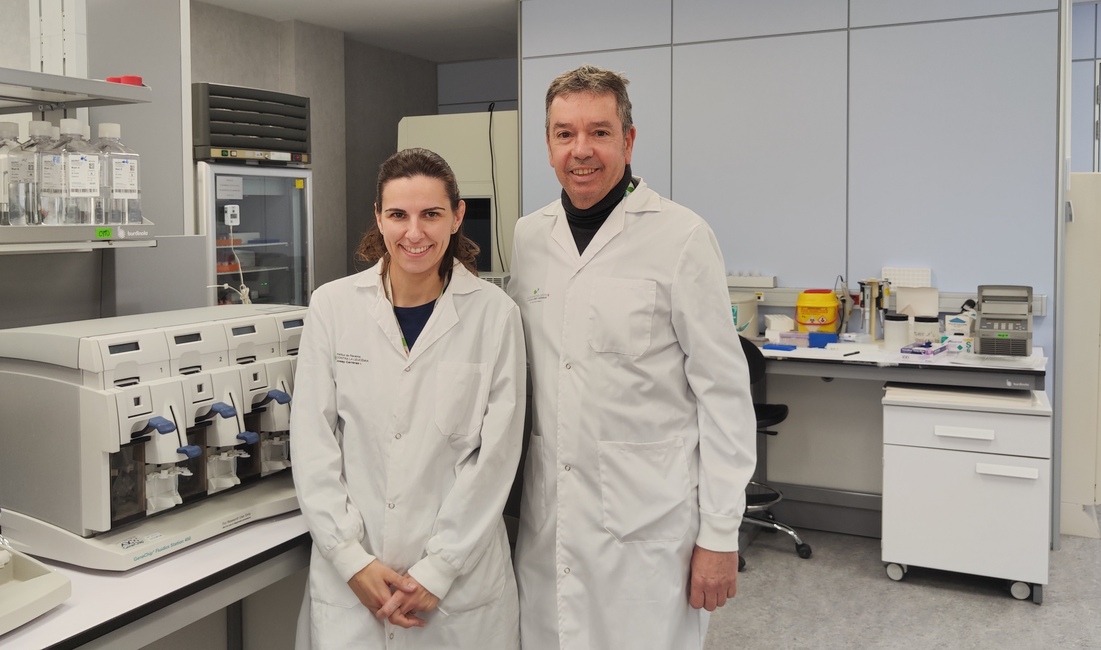The Josep Carreras institute participates in an international assembly to guide the implementation of Optical Genome Mapping technologies
Published in the American Journal of Hematology last December, A Framework for the Clinical Implementation of Optical Genome Mapping in Hematologic Malignancies represents the collaborative work of multiple international early adopters of Optical Genome Mapping (OGM) who assembled to compile a detailed and tested road map for implementation of OGM in a clinical setting. Members of the Myelodysplastic Syndrome’s group and Microarrays Unit, at the Josep Carreras Leukaemia Research Institute (IJC) participated in the assembly and contributed to the final recommendations with their experience with OGM.

The manuscript highlights validation, quality control, analysis and interpretation of OGM variants with the goal of promoting a unified approach to report structural variation in hematologic malignancies and ultimately achieving globally accepted standards. Variances in clinical diagnostic practices create ongoing challenges for stakeholders in health care systems who make treatment decisions based on genetic/genomic analyses. Since OGM is rapidly emerging as a transformative cytogenomic technology both for research and clinical purposes, a key goal of this framework is therefore to enhance harmonization across clinical laboratories on a global scale.
OGM is an emerging methodology that “sees” the actual DNA fiber and creates a super high-resolution map of each chromosome, like a supercharged karyotype. To do so, it needs to process large DNA fragments which are difficult to obtain in heavy processed samples. That’s why standardisation is so important, because the success of the methodology is highly dependent on the preparative steps. However, Dr. Mar Mallo and Dr. Francesc Solé, OGM specialists at the IJC, remark that this technology “allows the identification, in a single experiment, of the main genetic alterations in haematological neoplasms, either numerical (wins or losses of genetic material) or structural (translocations, inversions, deletions, insertions, etc.). OGM overcomes many limitations of the standard techniques, both at the resolution and sensitivity levels”.
The framework's Senior Author, Dr. Adam Smith states, "I recognized immediately when we started evaluating Optical Genome Mapping in 2021 that having a consensus about the best methods to validate the test and interpret the results were going to be critical for widespread adoption. New genetic tests, often due to their complexity, are developed in many laboratories simultaneous leading to several bespoke implementations. We established the International Consortium very early in our development and, with the help of other early adopters from around the world, to develop a consensus set of recommendations for OGM, not only for the members of the consortium, but for all members of the cytogenomic community".
“Our inspiration to provide this experience-based OGM Framework stems from the lessons learned after the adoption and implementation of chromosomal microarrays and next generation sequencing” says Lead Author, Dr. Brynn Levy from Columbia University Medical Center. “We wanted to avoid the operational, analytical, and reporting differences that were observed between clinical laboratories who began offering cancer diagnostics using microarray and sequencing technologies. Having a single standardized comprehensive assay has the potential to eliminate disparities in healthcare while concurrently reducing the overall diagnostic workup burden. The net result could potentially be a superior assay with reduced turn-around time, providing an opportunity for earlier initiation of specific treatment regimens, guided by precise molecular signatures.”